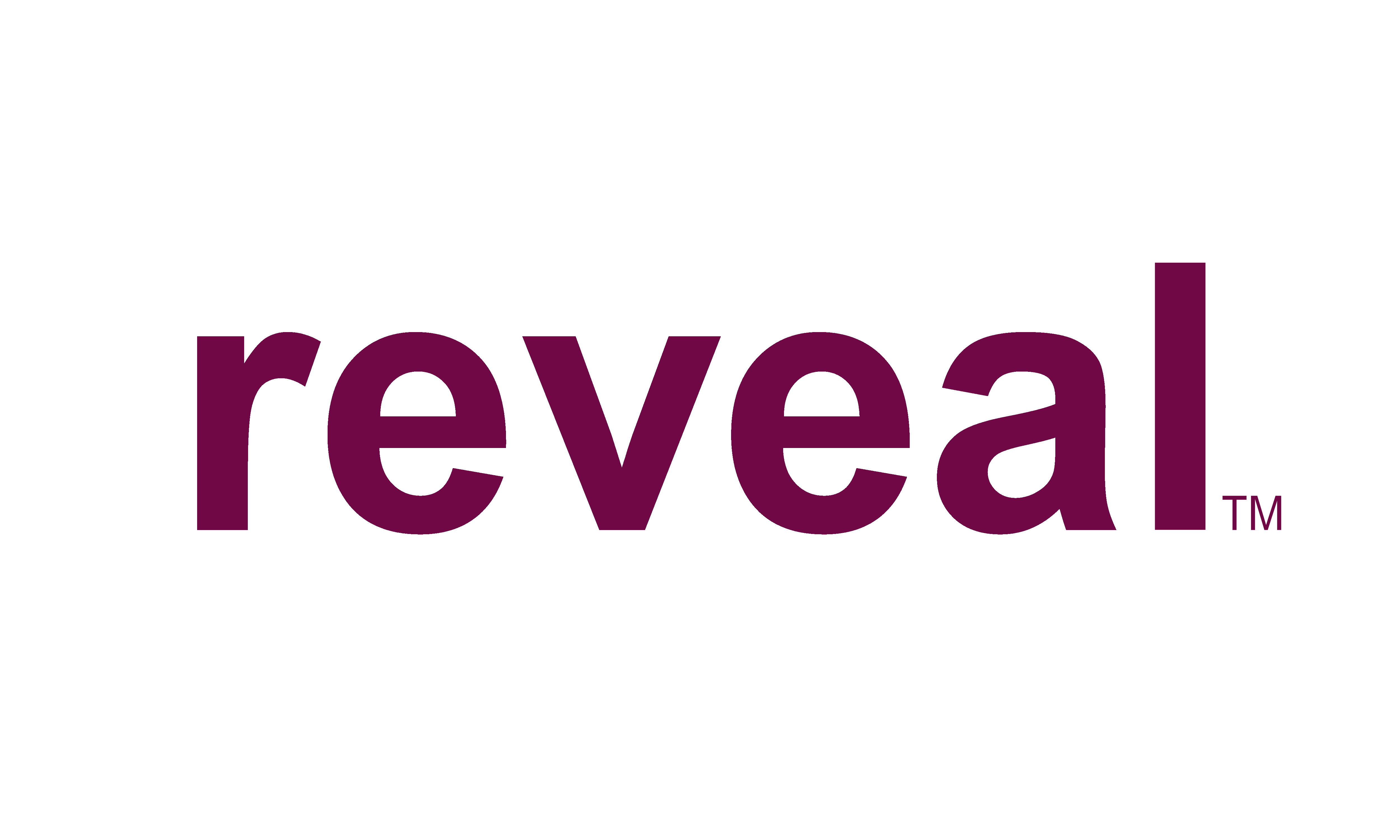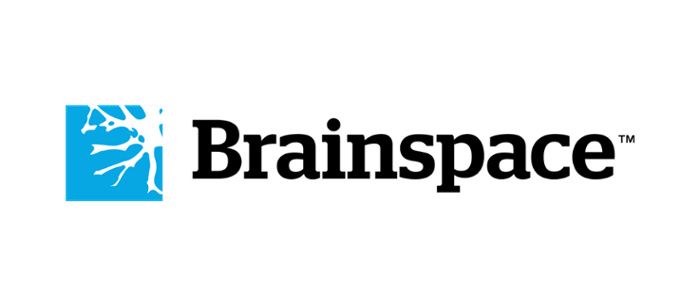Published nearly a year ago, the American Bar Association’s “Law Firm Guide to Cybersecurity” is more relevant than ever. Cybersecurity and Information Governance are major pillars in the legal sector. Law firms, litigation support providers, and corporate legal departments handle extremely sensitive information making it both crucial that these organizations implement cybersecurity best practices and also stay informed in the current techniques hackers are deploying to get access to this information.
Events and conferences can be a great resource for further developing your career, whether it be your goal is building your network, furthering your industry-specific education, or any number of other motivators. One benefit or byproduct of the shift towards more remote work across the legal industry is the increased number of online events, webinars, educational resources, and digital content being produced.
Data analytics can play a huge part in reducing the overall size, time, and cost of a review project. When applied effectively, analytics not only help identify relevant data sets more efficiently but also aid in culling down data to a manageable size. With today’s evolving tech landscape , eDiscovery analytics tend to be powered by machine learning and AI technology.
Sooner or later, most e-discovery professionals have experienced the pressure of a slow-moving document review. Pressure to reduce time spent with review and cost control is a major reason that eDiscovery is prime real estate for the current blooming use of artificial intelligence (AI) in law.
Remote forensic collection solutions aren’t necessarily a new revelation, they have been around and enacted by digital forensics and litigation support providers for years. What’s changed however, is the role they are playing in collections. Where as before they were a tool in a forensic examiners toolkit that was used as a convenience, in recent…
In order for a forensic data investigation to be thorough and complete, forensic examiners need to have confidence that the collection didn’t miss any relevant ESI. While most ESI can be attributed to the usual suspects, natural complexities and unique case-specific challenges can often lead to data being found in more obscure areas.
Custodian questionnaire’s and IT team interviews are valuable tools that help set the scope for the collection and discovery to come. It’s an important part of eDiscovery and information governance to implement data mapping best practices to ensure you’re collecting the right data, and that you’re not missing any potentially relevant ESI.
Client Log-In
Call us at
888.99.TERIS
Disclosures




